Co-creating Program
Accelerate your digital transformation with the unique Fujitsu HXD approach
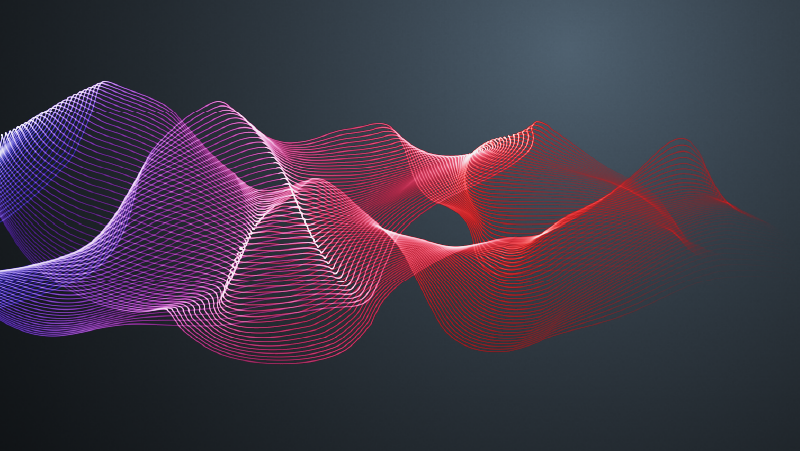
Our unique approach to co-creation
Global challenges are accelerating the pace of many organizations’ digitalization activities. Companies need to make their corporate structures more resilient and sustainable and want to differentiate in the market. Digital transformation enables new business models, improved customer experience, and increased employee engagement.
To make the world more sustainable by building trust in society through innovation, Fujitsu co-designs with customers their digital transformation and stable growth over the long term.
Our Co-creating Program helps you to harness the power of collaboration to deliver your unique digital transformation. The Co-creating Program has been developed over decades of experience in Japan and around the world; working with customers, exchanging perspectives, ideas, and information in a highly focused, purpose-driven, and innovative way.
Fujitsu Human Centric Experience Design (HXD)
You get the time, space and intense focus to achieve your specific outcomes based on your strategic needs. Fujitsu Human Centric Experience Design (HXD) differs from standard Design Thinking approaches by ensuring alignment with our customers’ corporate strategies and is refined for digital challenges. HXD is applied to our co-design workshops, which can be delivered in various co-design engagements.
Fujitsu Co-creating Program
The approach is based on simple, collaborative engagement. We bring multiple perspectives together using digital technologies. To do that we ask customers to identify their key business and IT decision makers as well as people from across their enterprise who are open to creative thinking as well as have a deep understanding of the strategic needs of the business.
Fujitsu’s talented and experienced experts facilitate their collaborative engagement to achieve a dynamic mix of knowledge, creativity, ideation and concept development. Our unique form of ‘design thinking’ is added to the mix – Fujitsu Human Centric Experience Design (HXD) to create innovative concepts faster than could be achieved if those people worked in isolation.
Partnering with academia
To further increase value for companies, governments, and society, Fujitsu announced their partnership with POLI.design in 2020. POLI.design is a key developer of Milan Polytechnic’s highly regarded Design School courses and together with them:
- We research the use of strategic design.
- We have developed an accreditation program for FUJITSU HXD practitioners.
- And we recently co-authored the book “Transformation by Design: Planning Design Strategies and Services for Next-Generation Digital Challenges” that combines practical know-how with academic research. The book is available for free download in English and Japanese language.

Fujitsu co-design engagements
Our co-design environments are carefully designed based on successful templates to help your people work with Fujitsu experts and other partners within highly focused workshops.
Real-world challenges and opportunities are isolated to help generate ideas, which then can be used to develop concepts. That helps build proofs-of-concept, which can be tested, modified, and turned into proofs-of-business focused on delivering tangible outcomes.
Tailored tools and methods inspire your people. The interactive workshops are cautiously planned to mix the right people to achieve intensive creative thinking. Digital inspiration cards are the product of our work in a wide variety of workshops with a diverse range of customers. We use them to speed idea formation.
With more people working from a range of work settings we have developed a Virtual Co-design World that allows interactive collaborative working wherever you are.
The virtual environment enables the same Fujitsu HXD approach as physical environments do. Trained Fujitsu moderators facilitate the sessions. Participants work individually, as a group, and simultaneously in small teams in dedicated sound areas – by writing sticky notes, visualizing ideas on white boards, sharing their screen and using their webcam.
Virtual co-design sessions save people’s travel time and costs, improve the carbon footprint, and allow flexible agenda scheduling.
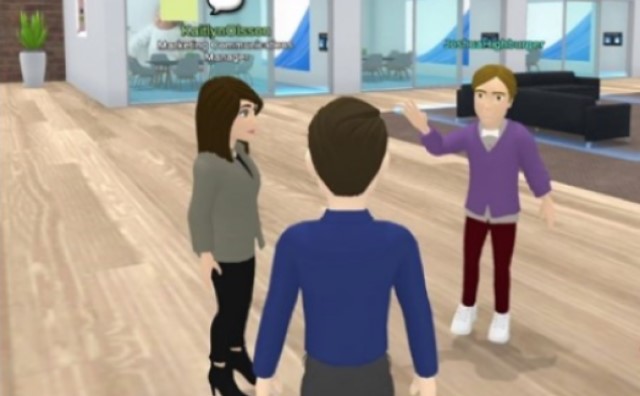
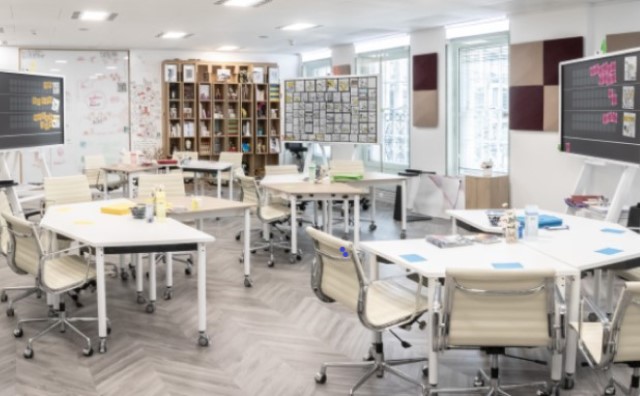
In major cities around the world, we offer Co-design Studios, which are optimally designed to stimulate the creativity of your employees and to support cooperation. Large digital screens enable concepts to be visualized. New ideas are captured on paper cards, which can be digitalized and added to the development of specific solutions. The digital screens show the trajectory of thought; so participants can keep track of ideas and re-arrange them to inspire new outcomes.
But we also can bring this infrastructure and technology much closer to you. Our Pop-up Co-design Studios offer the same functionality and can be taken to your premises or to any other location.
And we even run hybrid sessions – with part of the group working in a Co-design Studio and others joining from the Virtual Co-design World.
Fujitsu Human Centric Experience Design (HXD)
Fujitsu HXD changes the way we look at things, seeking for opportunities. It is our approach for enabling customers to accelerate their digital journeys.
Working at pace, it enables four important dimensions of digital transformation:
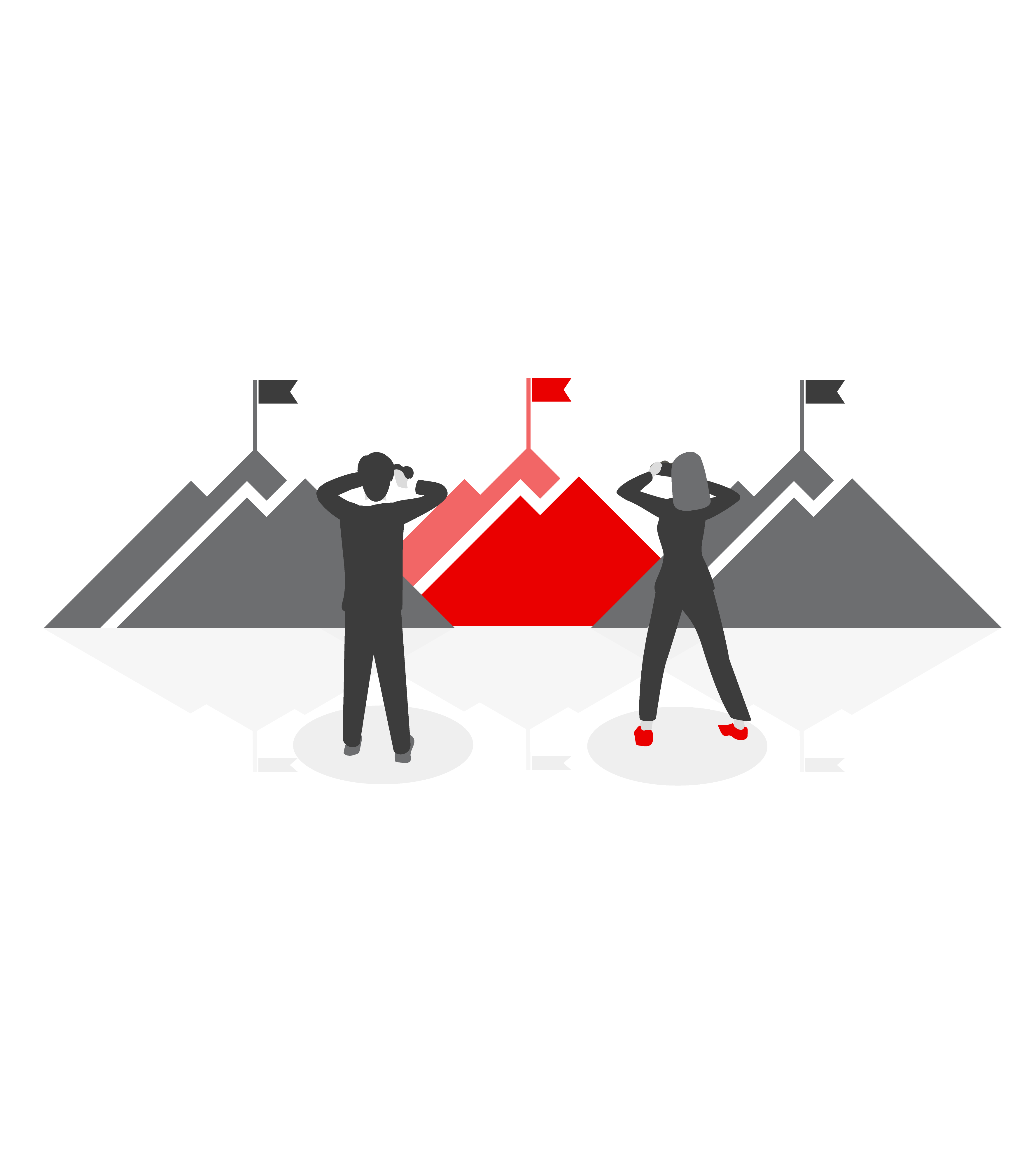 Align with strategy
Align with strategy
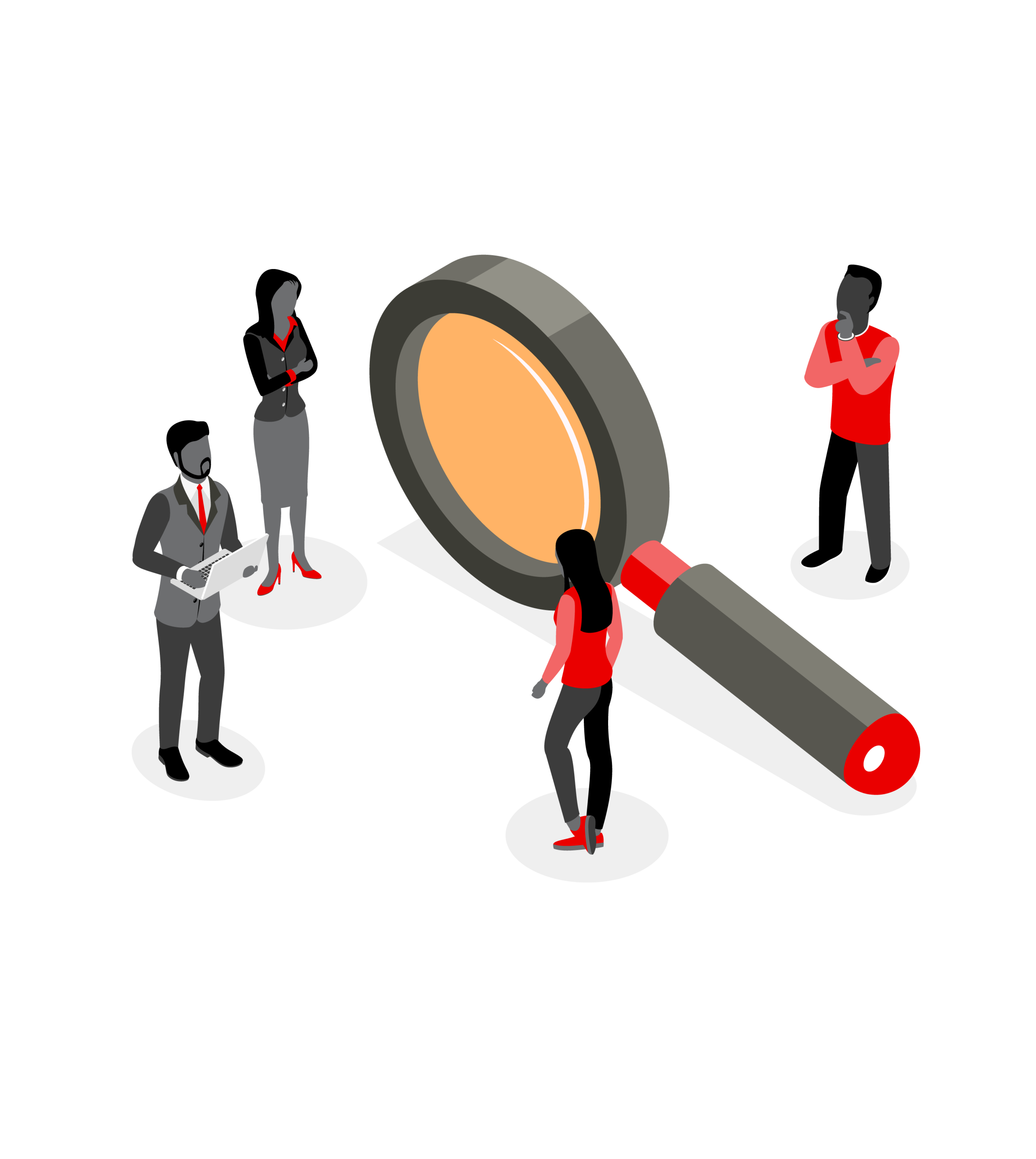 Consider different perspectives
Consider different perspectives
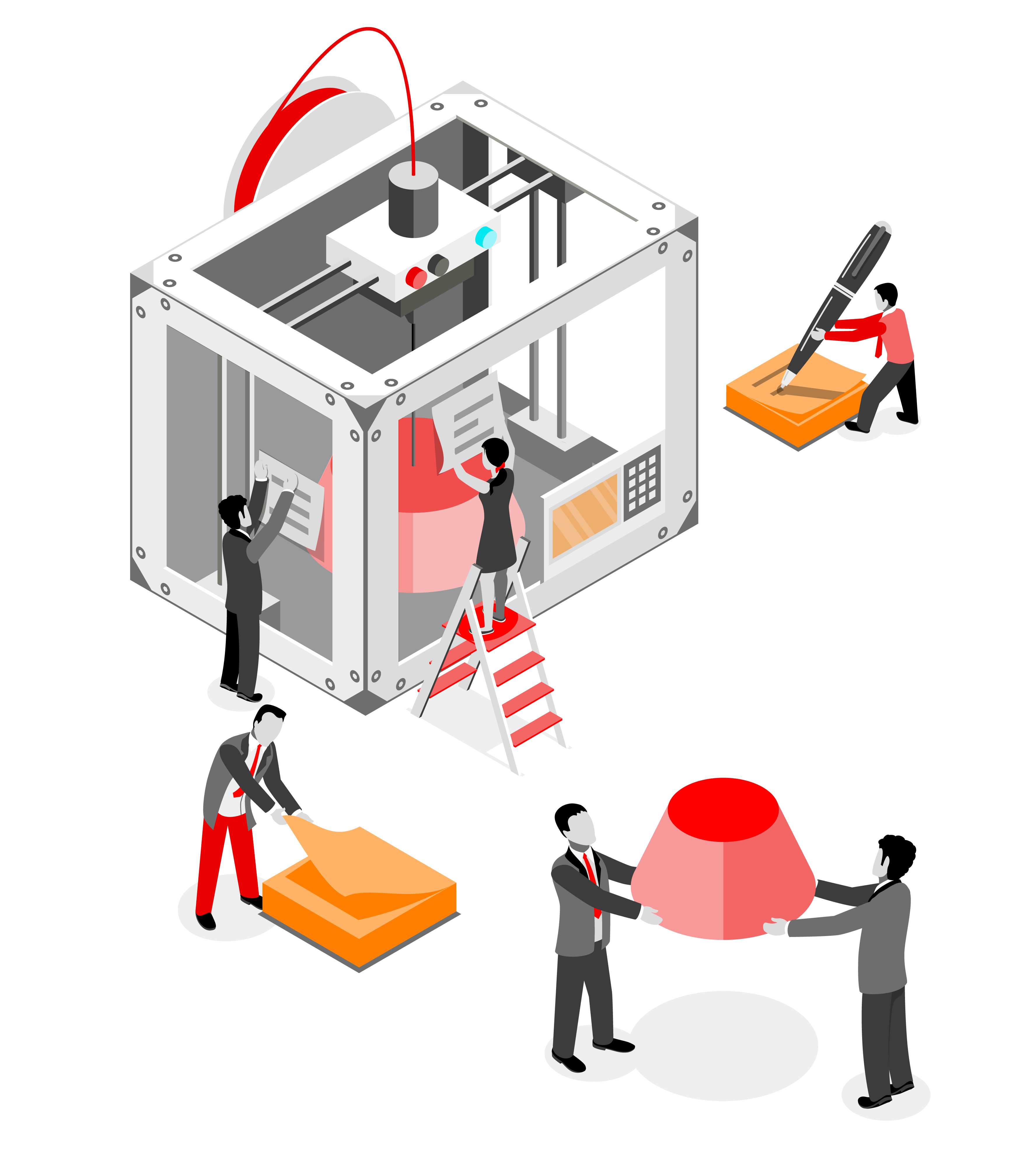 Leverage expertise
Leverage expertise
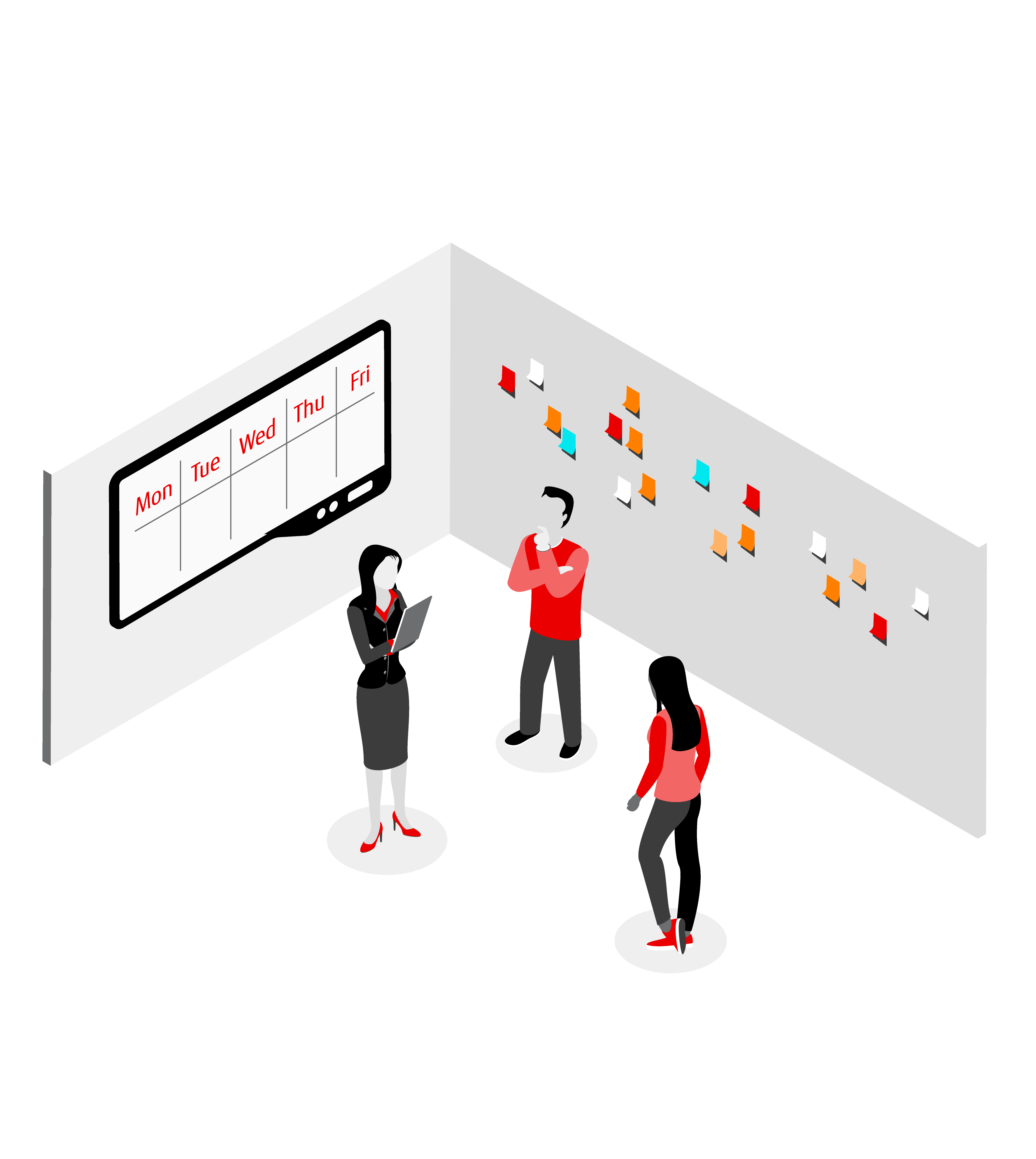 Encourage practical experimentation
Encourage practical experimentation
The point is to create a powerful vision from four critical ingredients:
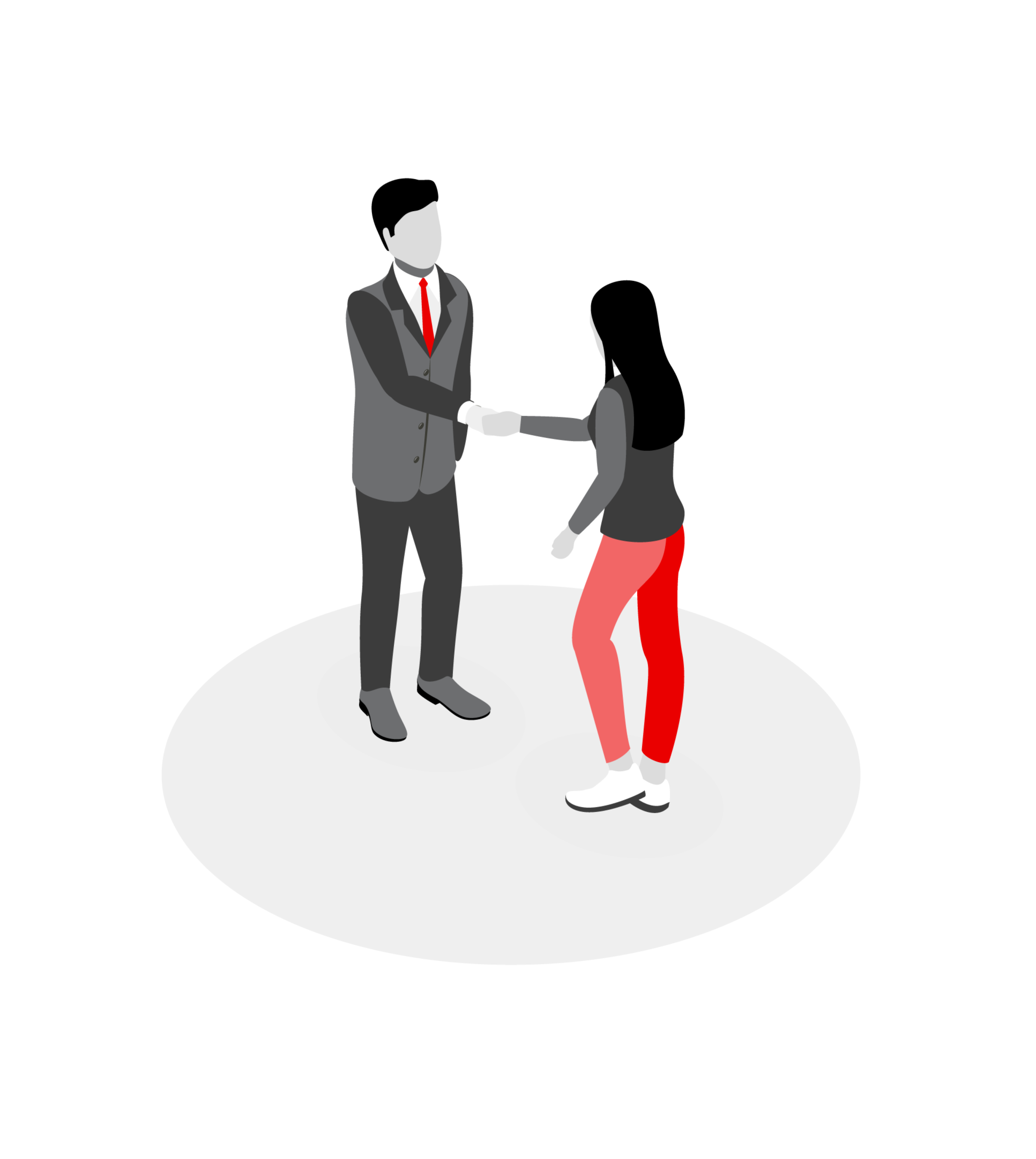 People
People
Combine the right skills and expertise from diverse backgrounds and take human needs and behaviors into account.
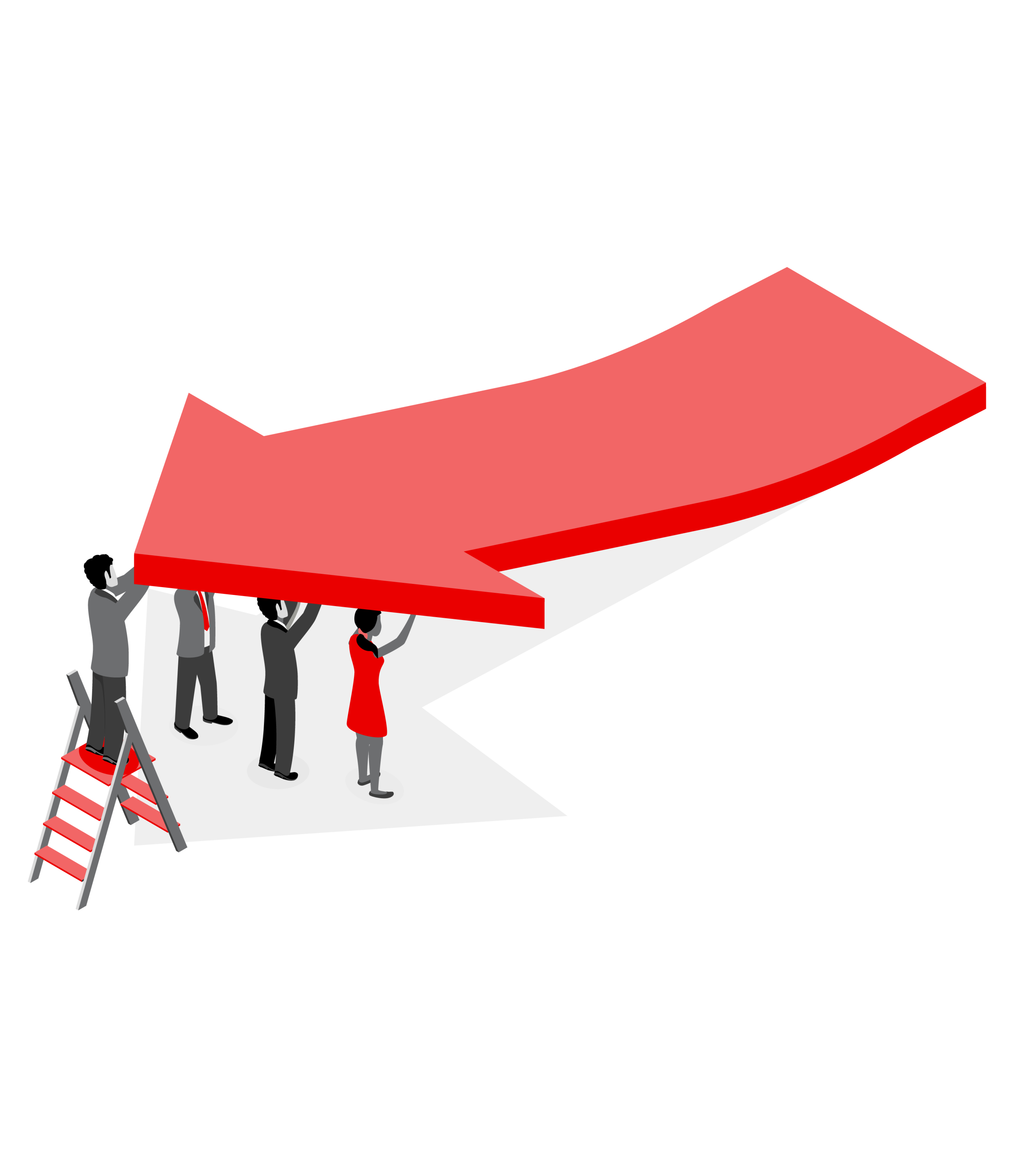 Purpose
PurposeFormulate a formal, strong purpose that’s understood by all and relentlessly pursued. It must be of strategic importance to your business.
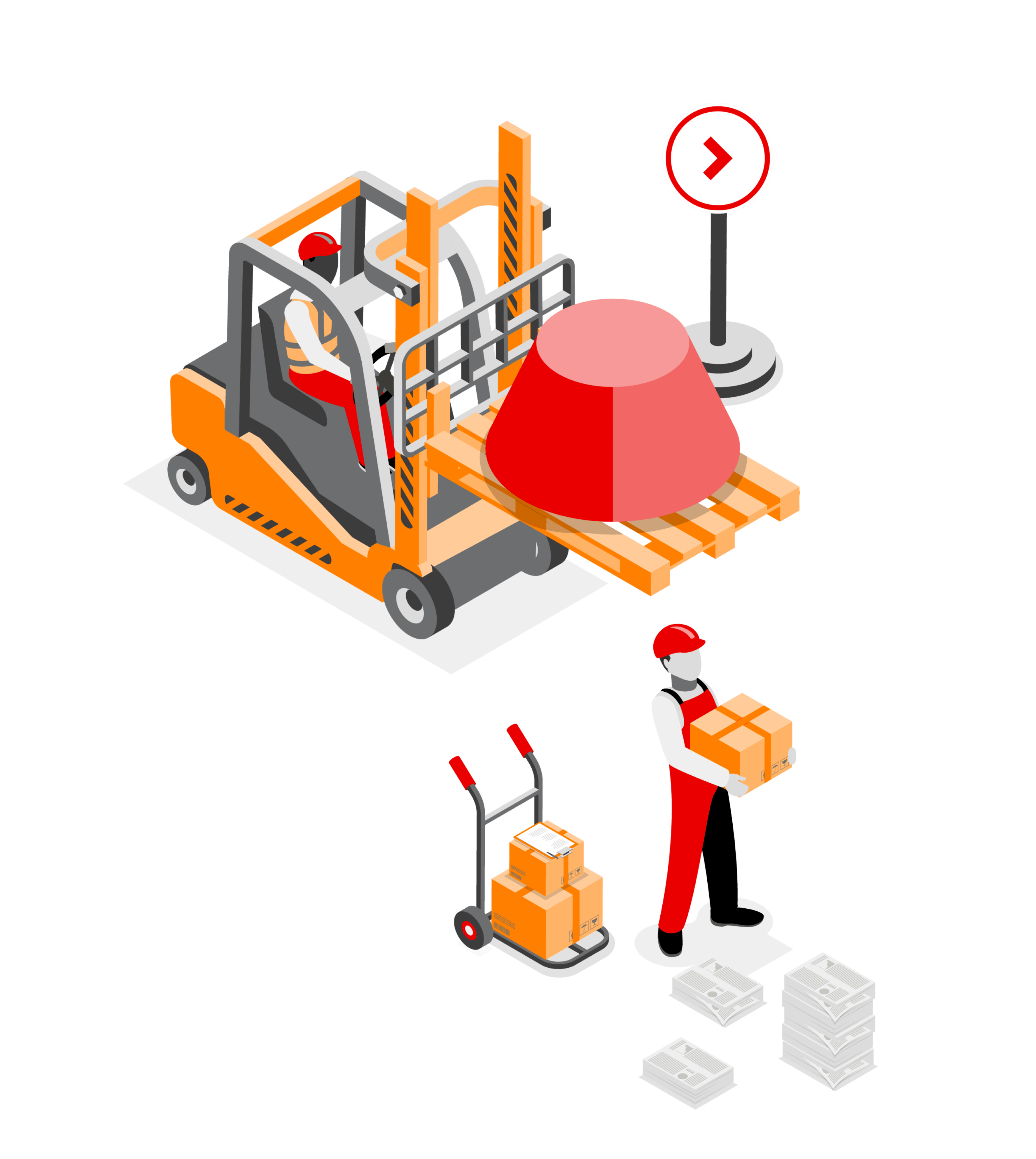 Outcome
OutcomeDefine what you want to achieve. It must relate to the needs of your business, employees, customers and markets and should consider a wider societal context.
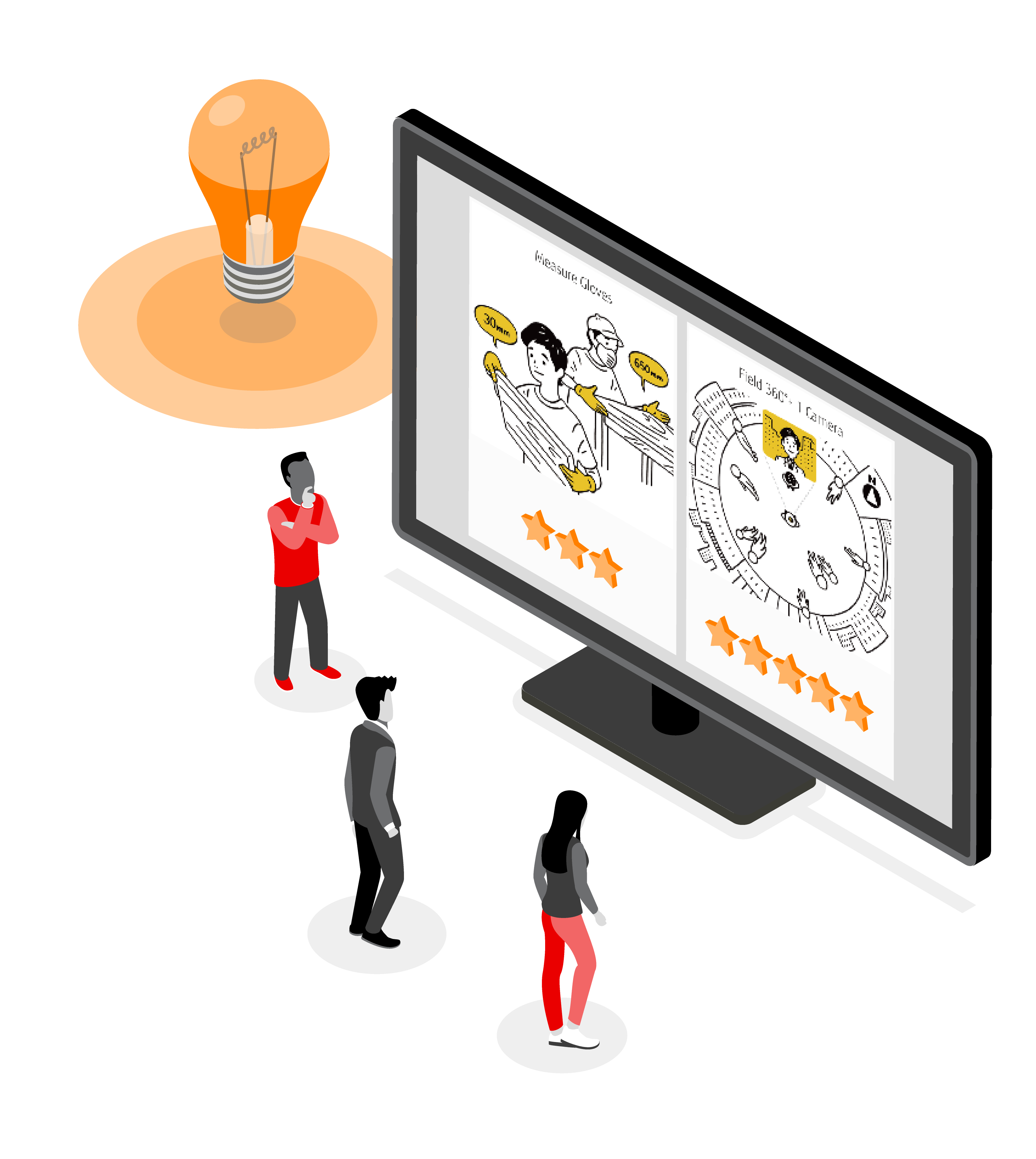 Design
DesignUnlock the skills of your people and leverage their creativity in a fun and energizing way, so concepts can be developed and tried out quickly.
Fujitsu co-design workshops
Our outcome-focused workshops are designed to help shape the future of your business. You decide who attends and whether you’d like this to be hosted in one of Fujitsu’s Co-design Studios, at any other location or virtually.
It’s important to think of the time spent for a co-design session as a joint investment by both Fujitsu and you. It is not a chargeable consultancy. By mixing our people with yours, we both benefit.
By the time everyone leaves the workshop, the team will have developed a clear perspective on possible ways forward and a shared commitment to working together. You receive a detailed co-design report, access to all the ideas from the session via our innovation platform, and, most importantly, a clear plan of the next steps, all within 48-hours of the workshop.

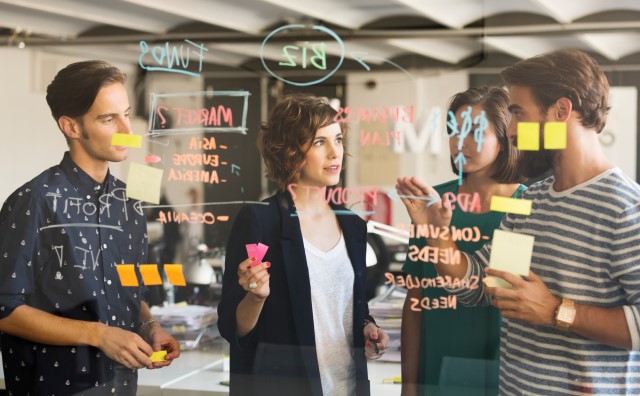
Who should attend a co-design workshop?
To get the best from our co-design workshops the right people need to attend. That’s how we achieve value in both the short and long term. That means bringing decision makers and key people from your organization who understand your customers’ needs and the specific challenges that your business must address urgently.
They need to be people eager to think imaginatively, have new ideas, use creative tools and methodologies and be willing to collaborate with each other and partners. Most co-design groups consist of up to 16 people, and 10-12 should be from your enterprise.
In our experience, those people are:
- Engaged in building new business
- Developing customer value propositions and solutions
- Managing teams and budgets
- Leading business and IT-enabled projects
Preparing for your workshop
Co-design depends on good preparation. The workshops are highly-focused and work best when carefully chosen participants arrive with a clear understanding (and articulation) of the specific challenges they need to address, the business strategy they want to deliver, and the criteria by which success will be measured.
The dialogue starts with a preparation call with a senior customer sponsor to ensure that we all know what issues, ideas and materials to bring to the workshop and what to expect from it.

From design thinking to design doing
With a business reset currently underway, it is more important than ever for decisions to be purpose-led. Design is no longer just about products – it is a strategic approach that can place your customers and employees directly at the center of your organization. By applying design thinking to strategic problems, you can uncover solutions that truly support your organization’s fundamental purpose.
Do you want to know how co-creation models and design thinking are helping to reframe today’s business and societal challenges and deliver impactful solutions at pace?
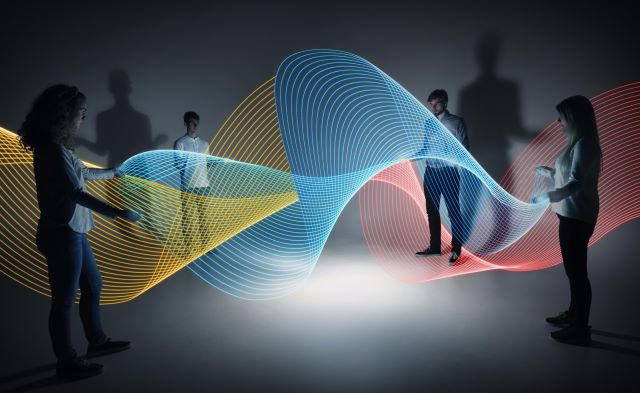 Find out more about Design in Action
Find out more about Design in Action



Leave a Reply